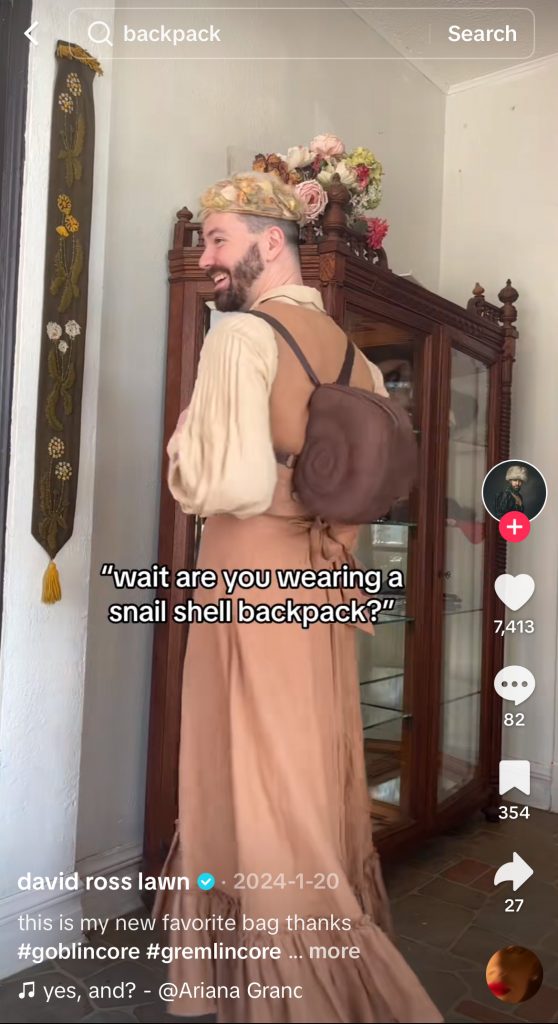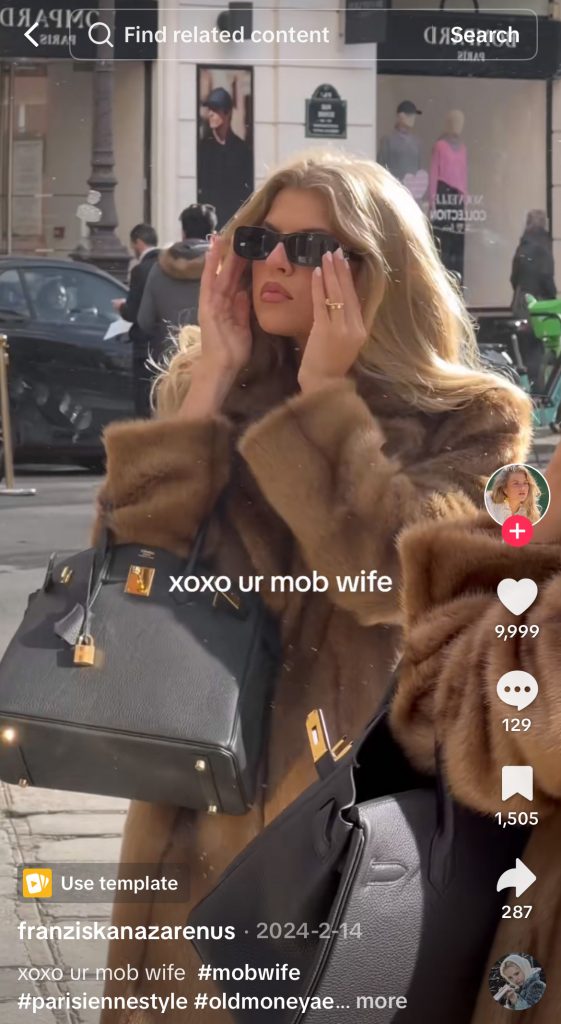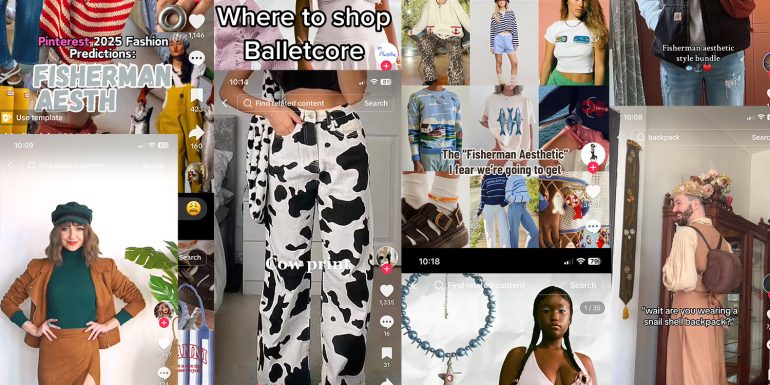Goblin mode, castle core, mob wife aesthetic, ballet core… are TikTok fuelled micro trends finally dying out?
After five years in the limelight, micro trends are finally going out of style. Making their mark on social media, particularly on TikTok, these short-lived trends tap into niche aesthetics – encouraging scrollers to curate their wardrobes and splurge on fast fashion.
While constant fashion drops from brands aren’t going anywhere, the enthusiasm around micro trends seems to have dwindled. When Pinterest Predicts named its top micro trends of this year, including “fisherman core”, “castle core”, and “dolly core”, it was met with an influx of negative reviews from TikTok fashion influencers.
“People used to wear brands or clothes that represented something that resonated with them, rather than just wearing things in an attempt to fit into a certain image,” explained Hashem, a fashion education influencer in a TikTok. “Especially with social media becoming so relevant in our lives that people desperately seek that dopamine rush from seeing likes and views and getting validation for wearing whatever is trending.”
According to Earth.org, tens of billions of new pieces of clothing are purchased every year, a 400% increase from 20 years ago. But where did the craze around micro trends come from? Cast your mind back to lockdown, when every day felt stuck on repeat and we turned to bread baking, cloud coffee and our screens to get us through the long days. It was at this time our social media feeds began being flooded with fairy core, mermaid core, even cow core. And we all bought into it, getting our dopamine fix from impulse SHEIN orders, eagerly waiting for the package to be delivered to our door.
Lockdown ended but TikTok didn’t stop shoving fresh aesthetics down our throats each week. The most notable include office siren, causing HR reps to tear their hair out; mob wife, inciting a resurgence in 90s TV shows like The Sopranos; and ballet core, which sprung up an infestation of disturbing eating disorder trends. Looking back, a lot of these did more harm than good, not just to the environment but to our mental wellbeing too.



In an article from Fashion is Psychology, climate advocate Khushi Mehta explains the emergence of micro trends are reflective of a larger cultural issue. “We don’t have third or offline spaces for youth to safely explore the effects of their identity,” she said. “This leads to a sense of alienation, pushing us further into the arms of capitalism.”
Authentic fashion is lived in. Each piece is collected and treasured. A necklace you picked up on holiday, a jacket passed down from your nan that you can’t buy in shops anymore, repurposed jeans you found at a vintage market. It’s the slow collectorism that makes it so appealing to gen z. Every piece has a story to tell.
We’re not saying you can’t ever buy a top from SHEIN again. Certainly not in this economy. But you can stop Googling “how to be [insert stupid core] aesthetic” now.

